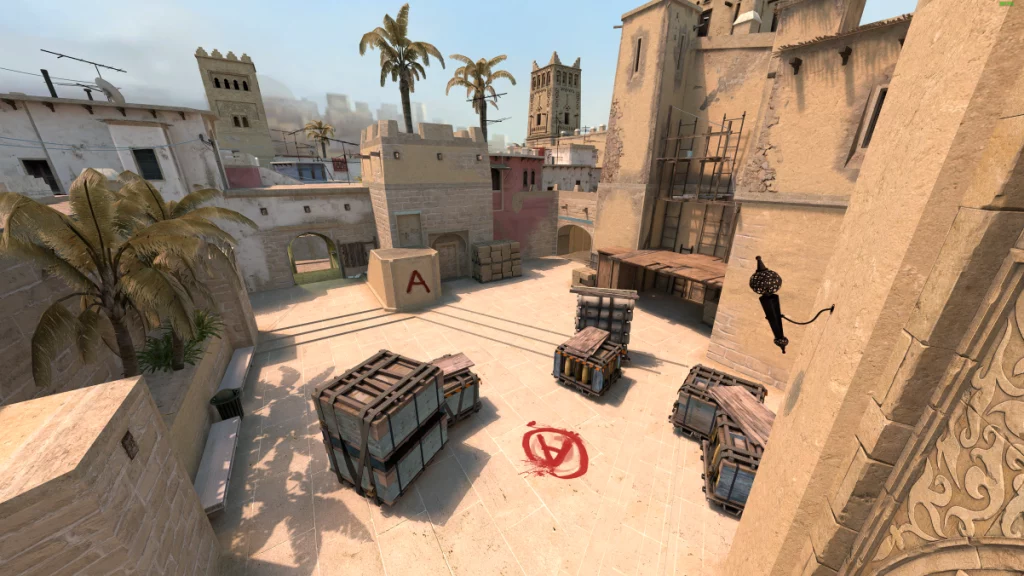In the dynamic world of virtual gaming, effective communication is the cornerstone of success for teams striving to achieve their objectives. As virtual teams often consist of members dispersed across various geographical locations, developing a robust communication strategy becomes essential. The first step in crafting an effective communication strategy is understanding the unique challenges and opportunities presented by virtual teamwork. Unlike traditional in-person interactions, virtual communication relies heavily on technology, which can sometimes lead to misunderstandings or delays. Therefore, establishing clear protocols and expectations is crucial to ensure that all team members are on the same page. One of the key elements in developing a communication strategy for virtual gaming teams is selecting the right tools. Communication platforms, project management software, and gaming-specific tools all play a significant role in facilitating smooth interactions. It is important to choose tools that are not only user-friendly but also capable of supporting the specific needs of the team. For instance, platforms that offer features such as voice and video chat, real-time messaging, and screen sharing can enhance coordination and clarity among team members.

Scheduling regular meetings or check-ins helps maintain a steady flow of information and allows team members to address any issues related to cs2 active maps promptly. These meetings should be structured to cover key topics such as progress updates, strategy adjustments, and upcoming tasks. By establishing a routine, teams can foster a sense of cohesion and ensure that everyone remains informed about the project’s status. In addition to regular meetings, fostering an environment of open communication is essential. Team members should feel comfortable sharing their ideas, feedback, and concerns. This openness can be encouraged through various means, such as creating dedicated channels for feedback or implementing anonymous suggestion systems. When team members know their input is valued and considered, it can lead to more innovative solutions and a more engaged team. Another crucial aspect of effective communication is clarity. In virtual settings, where non-verbal cues are limited, it is vital to be clear and concise in all communications. This means articulating instructions, expectations, and feedback in a straightforward manner to avoid misunderstandings.
In a virtual environment, building relationships and camaraderie can be challenging. Organizing virtual team-building activities or social events can help strengthen interpersonal connections and create a more cohesive team dynamic. When team members have a stronger personal connection, communication tends to flow more naturally and effectively. In summary, developing effective communication strategies for virtual gaming teams involves a multifaceted approach. By selecting appropriate tools, establishing regular routines, encouraging openness, ensuring clarity, accommodating different time zones, and fostering team bonding, teams can enhance their communication and overall performance. As virtual gaming continues to evolve, these strategies will remain essential in navigating the complexities of remote collaboration and achieving success in the competitive gaming landscape.
